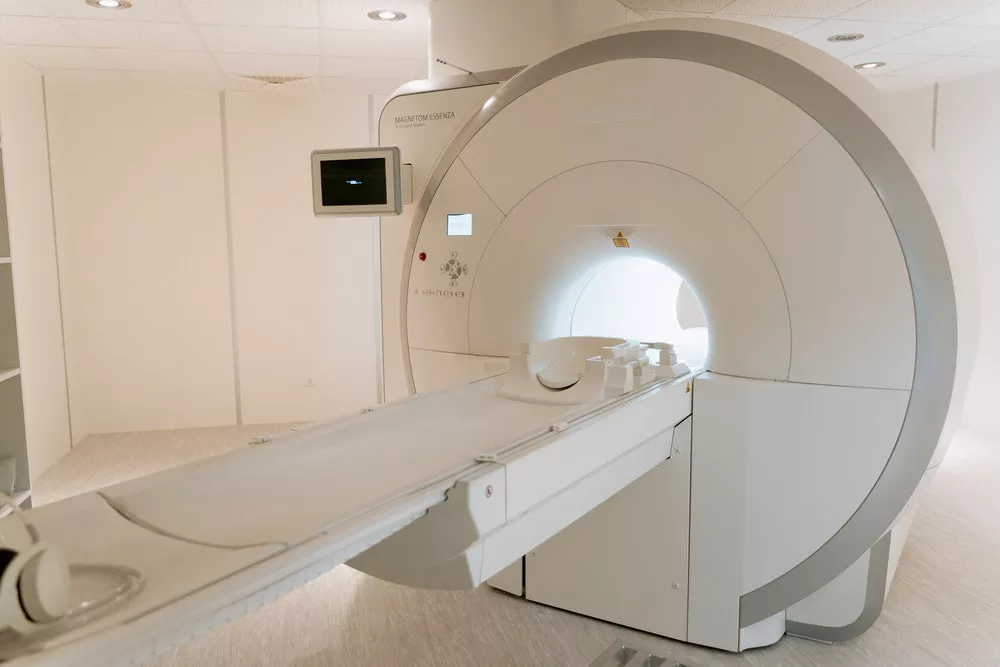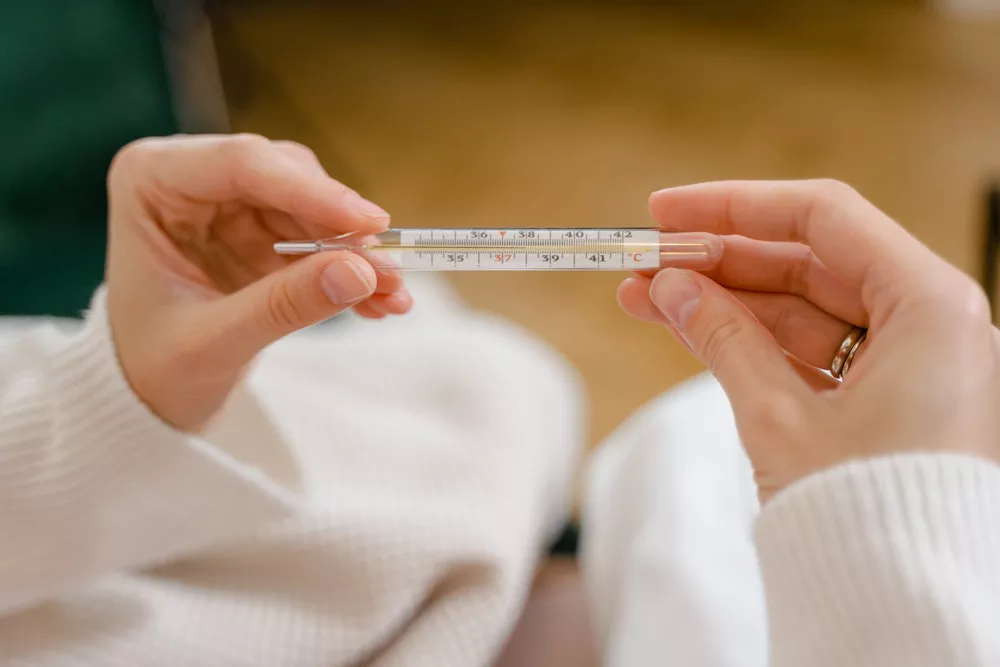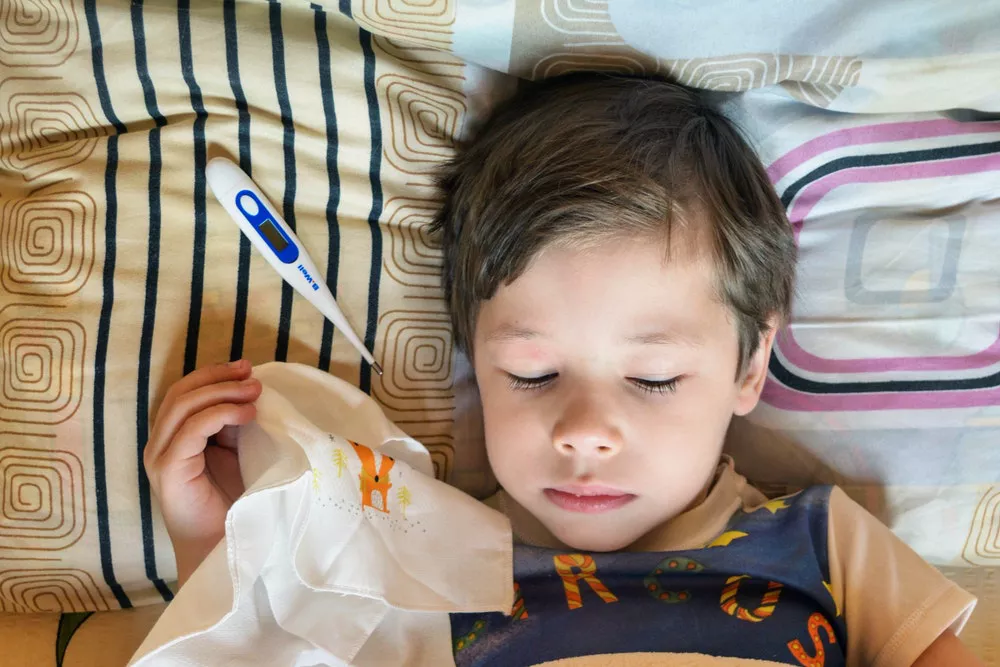Many medical professionals even have the misconception that children with febrile convulsions should routinely take cranial CT scan to rule out intracranial infections or other lesions.
The 2011 American Academy of Pediatrics guidelines stated that current data do not support taking neuroimaging tests in children with febrile convulsions, even CT scan can increase children's radiation exposure to increase the risk of future cancer. Simple febrile convulsions do not require routine CT or MRI examination, which is one of the "Choose Wisely" tests.
The American Academy of Pediatrics guidelines analyze the pros and cons of CT scan in children with simple febrile convulsions: Neuroimaging should not be performed in the routine evaluation of the child with a simple febrile convulsion. Aggregate evidence level: B (overwhelming evidence from observational studies).
Benefits: Neuroimaging might provide earlier detection of fixed structural lesions, such as dysplasia, or very rarely, abscess or tumor.Harms/risks/costs: Neuroimaging tests are costly, computed tomography (CT) exposes children to radiation, and MRI may require sedation.Benefits/harms assessment: Preponderance of harm over benefit.
To exclude intracranial tumors and intracranial infections causing convulsions,taking neuroimaging tests is a costly endeavor. Even a normal person may detect underlying disease after a full-body examination. Excessive examinations also expose children to much radiation,which increase their risk of developing cancer in the future. In summary, the medical advice that taking neuroimaging tests is certainly not reasonable.
So whether it's medication or checkups,more is not always the better.We all need to weigh the pros and cons before making decisions, and the tests that have more pros than cons are the ones that we had better to choose.




